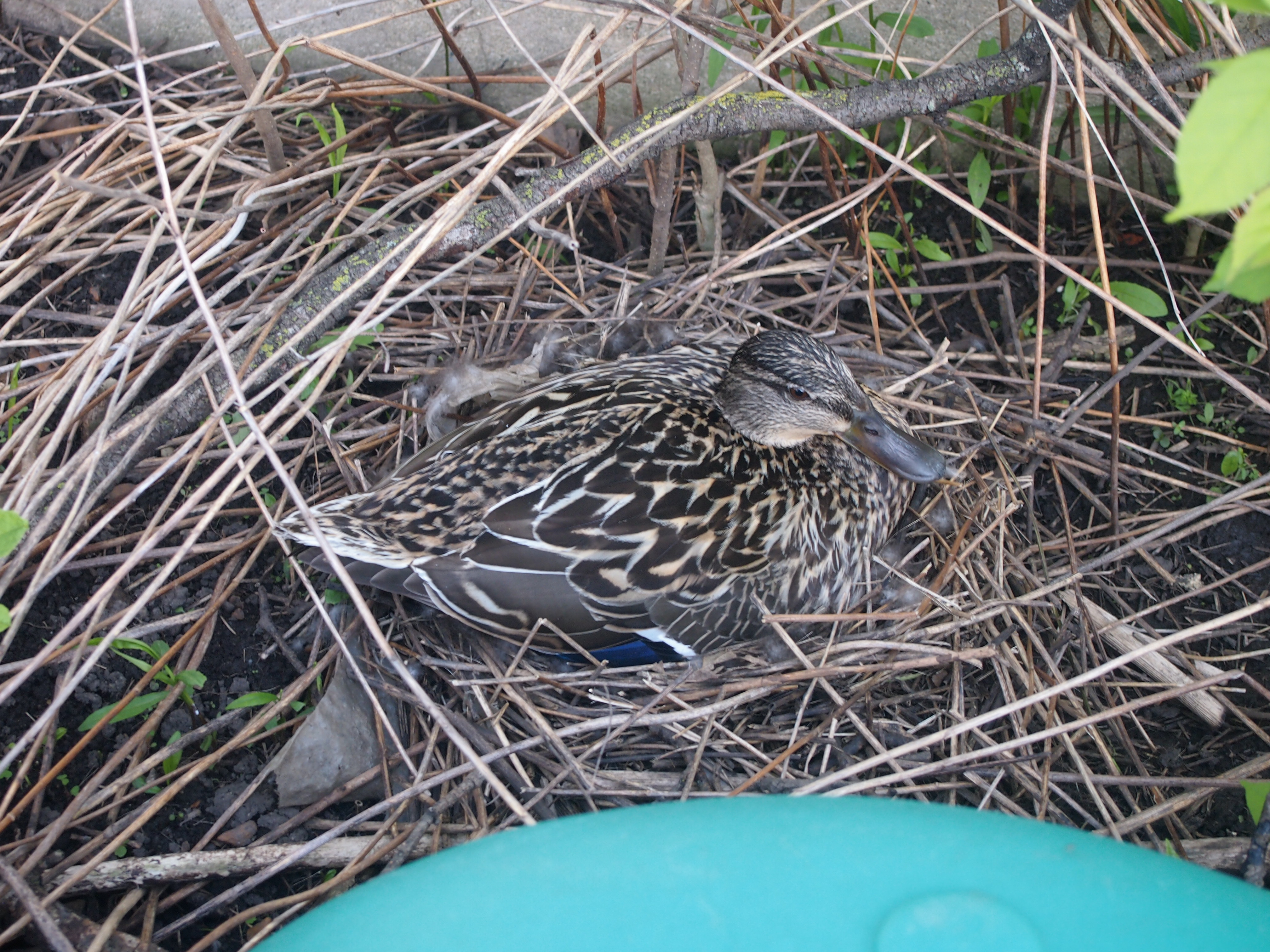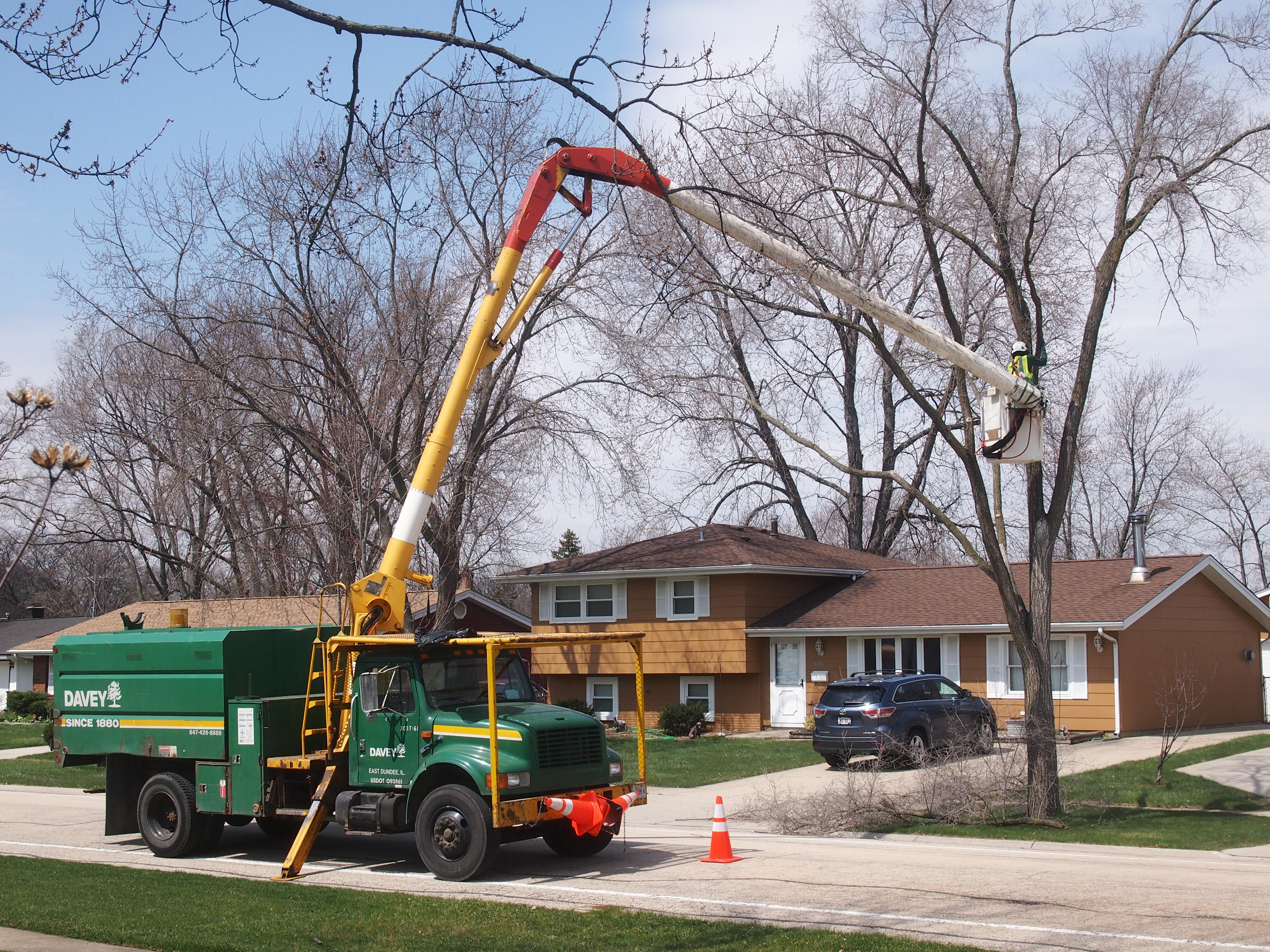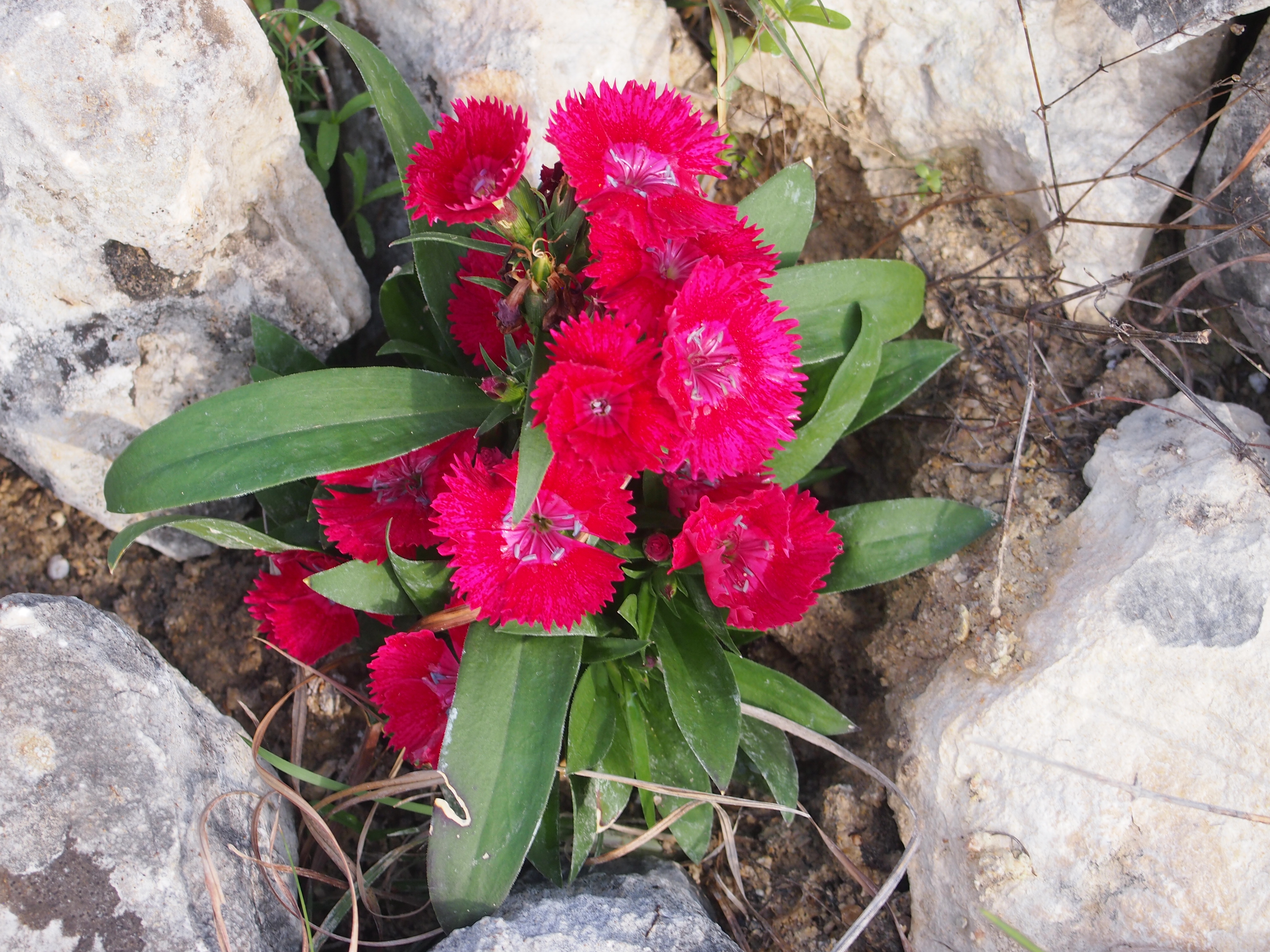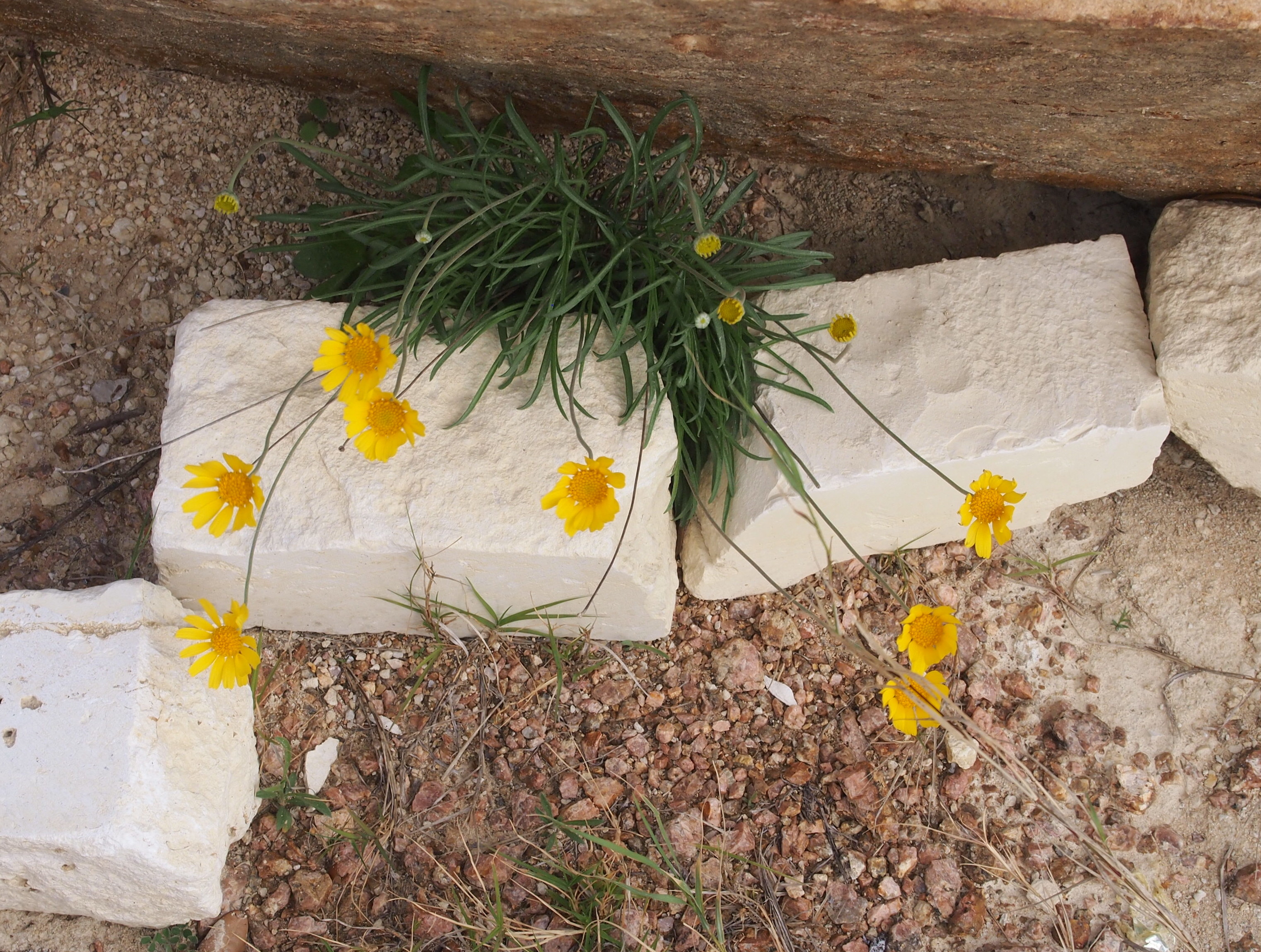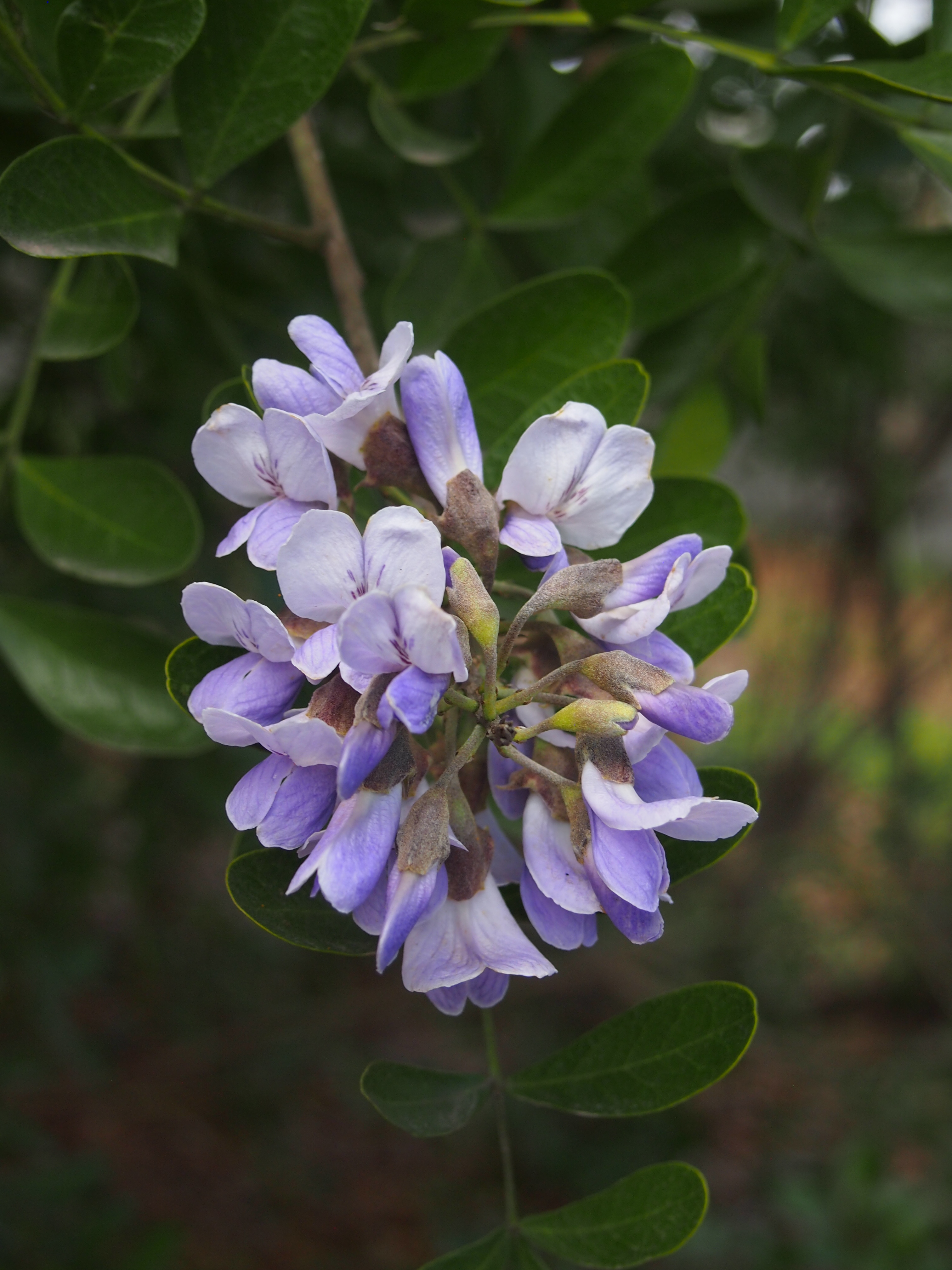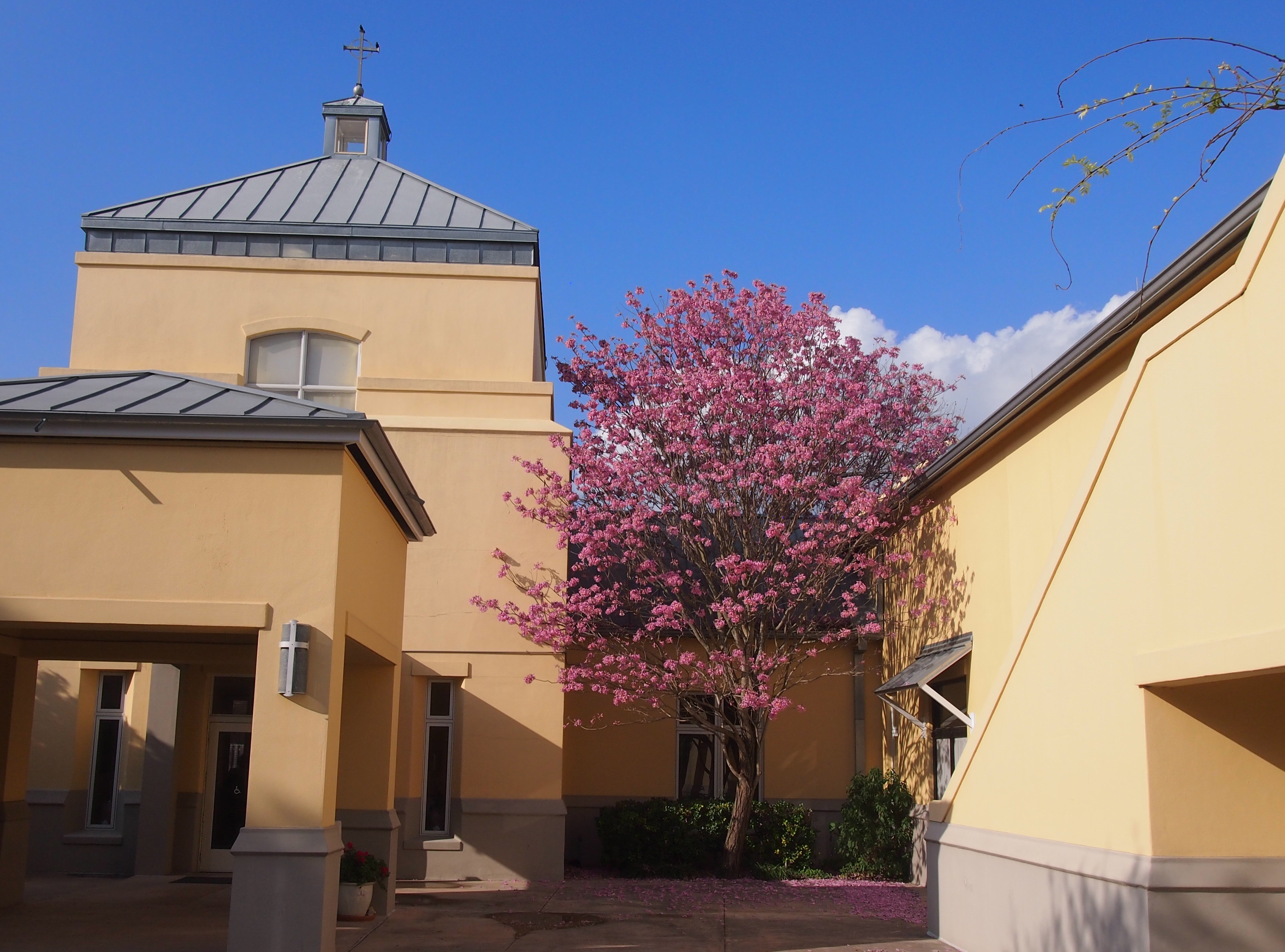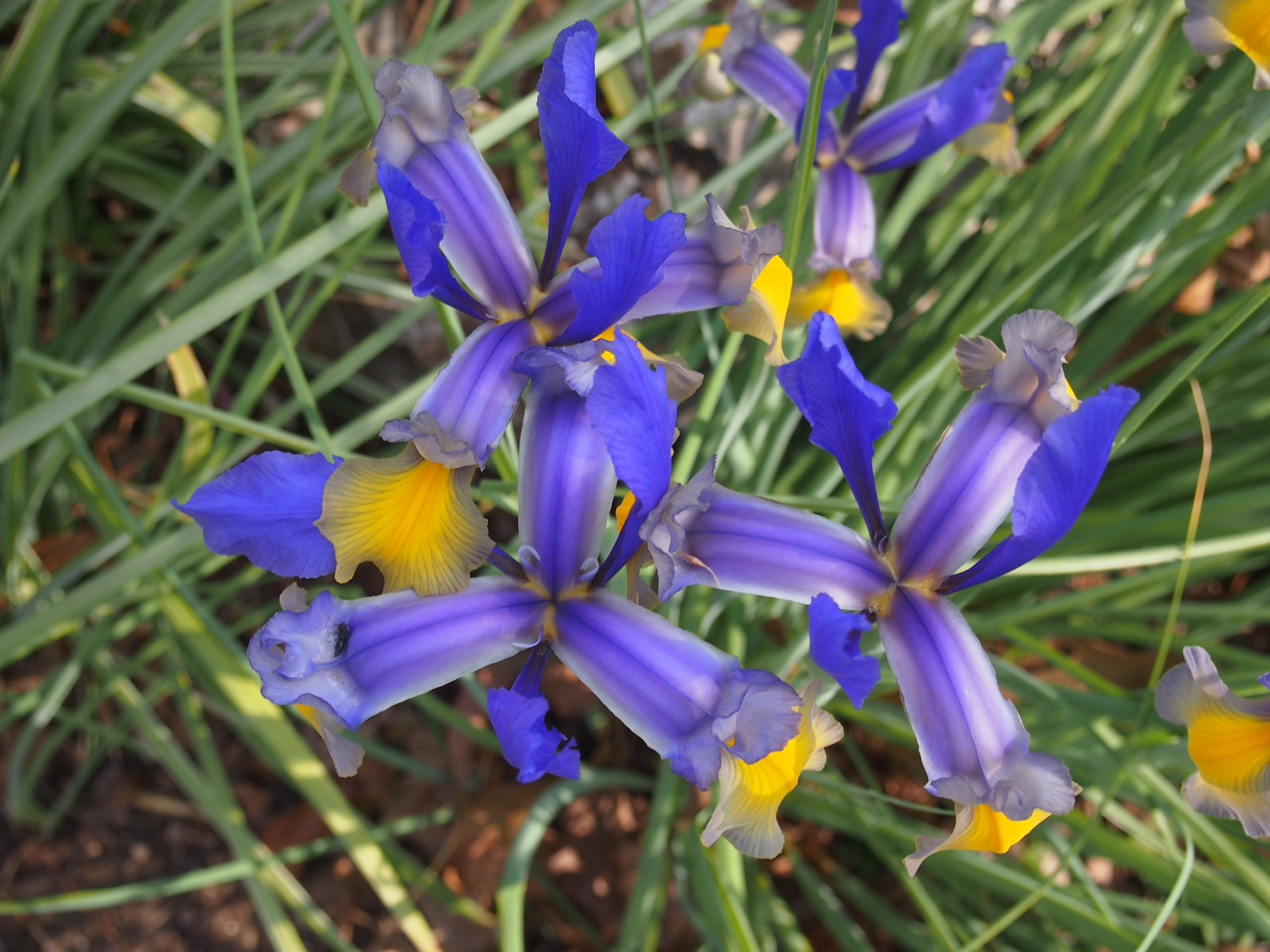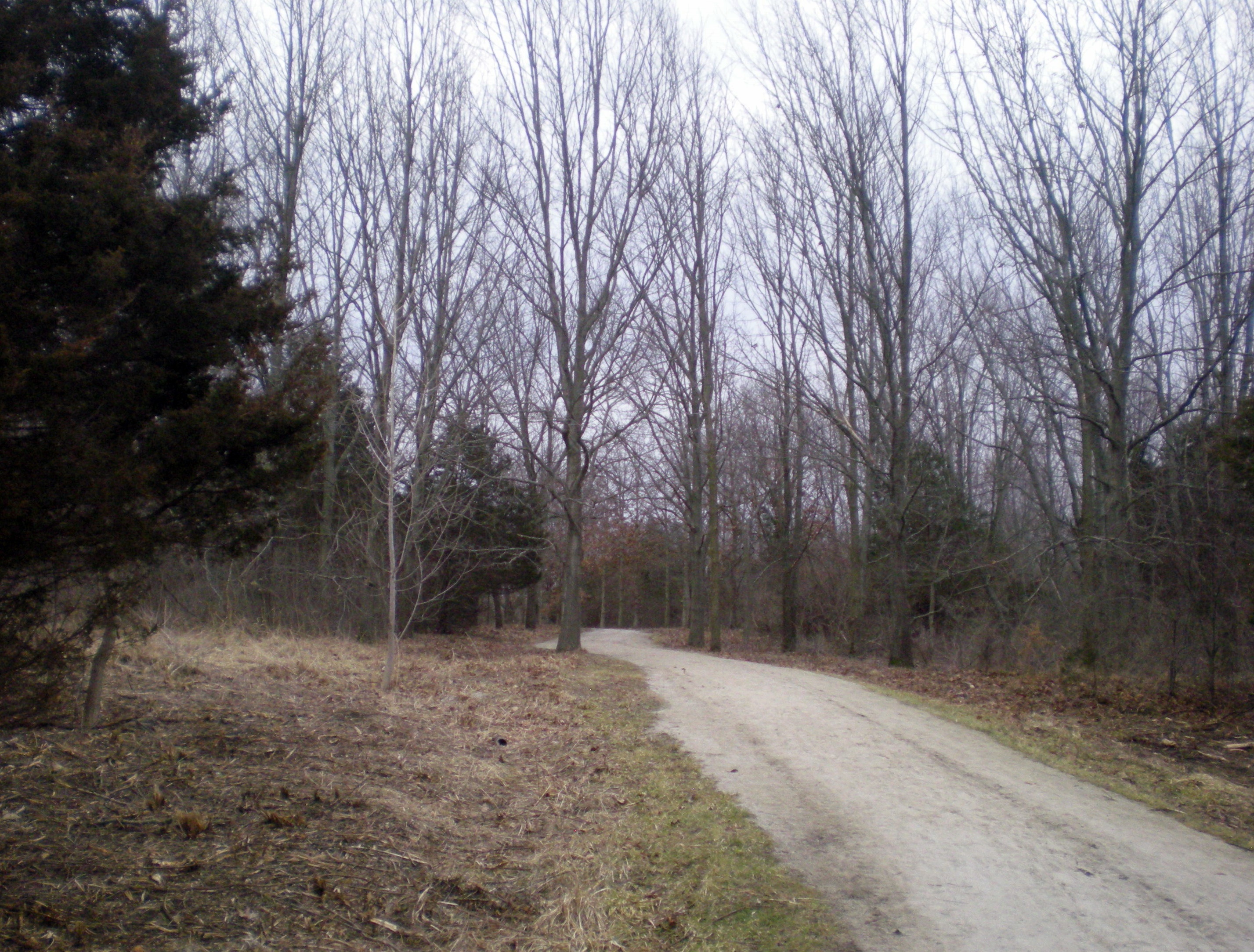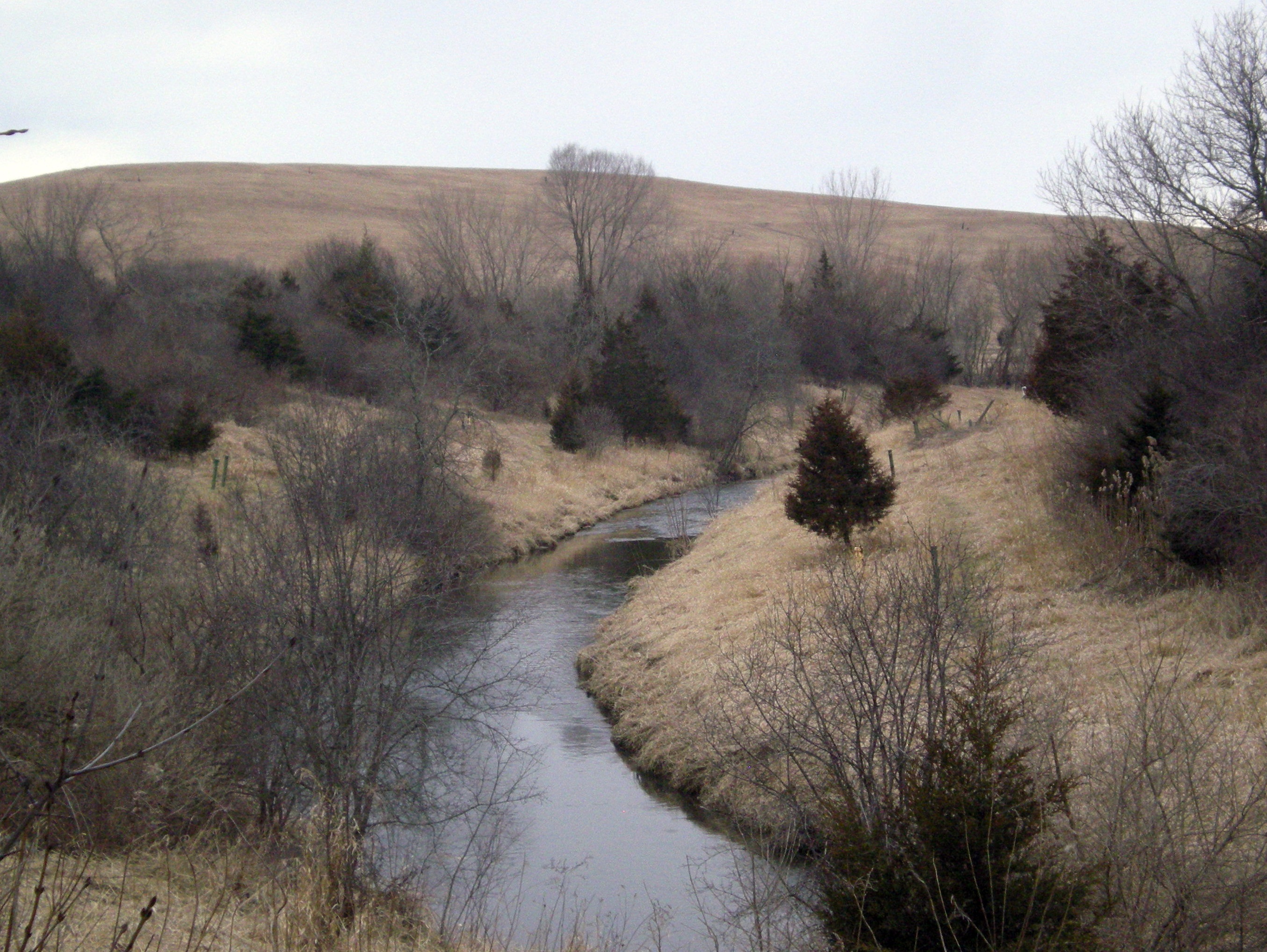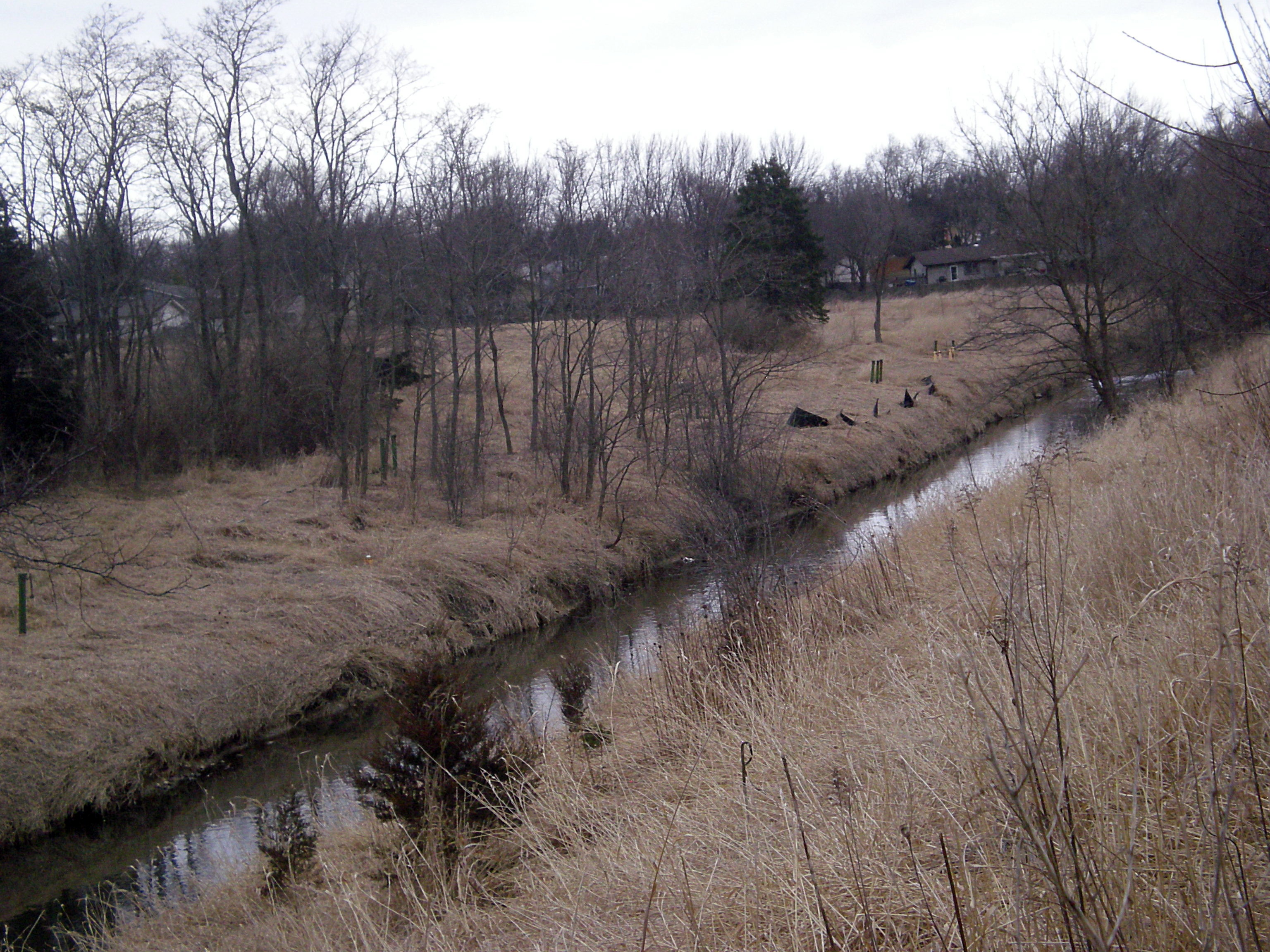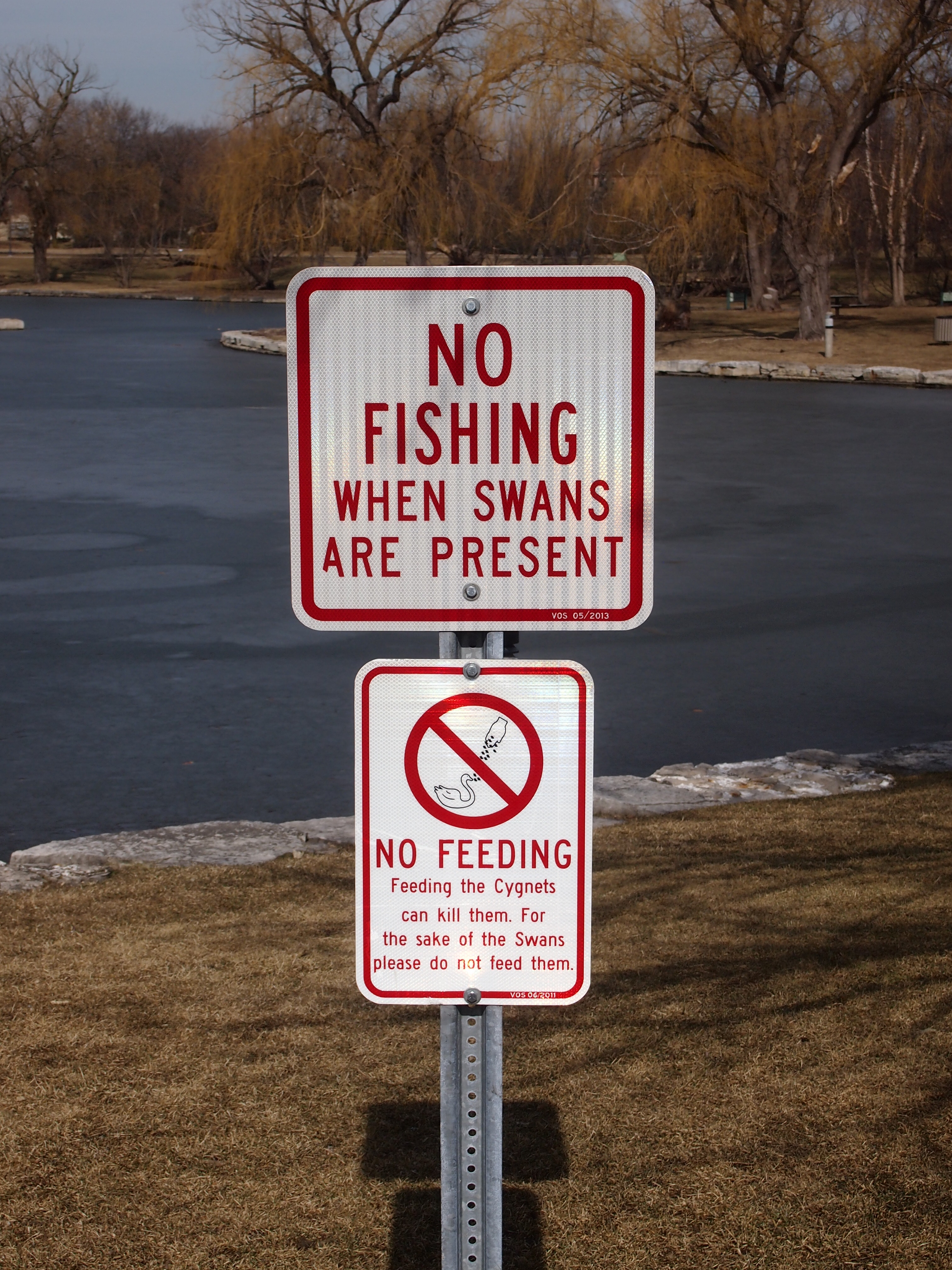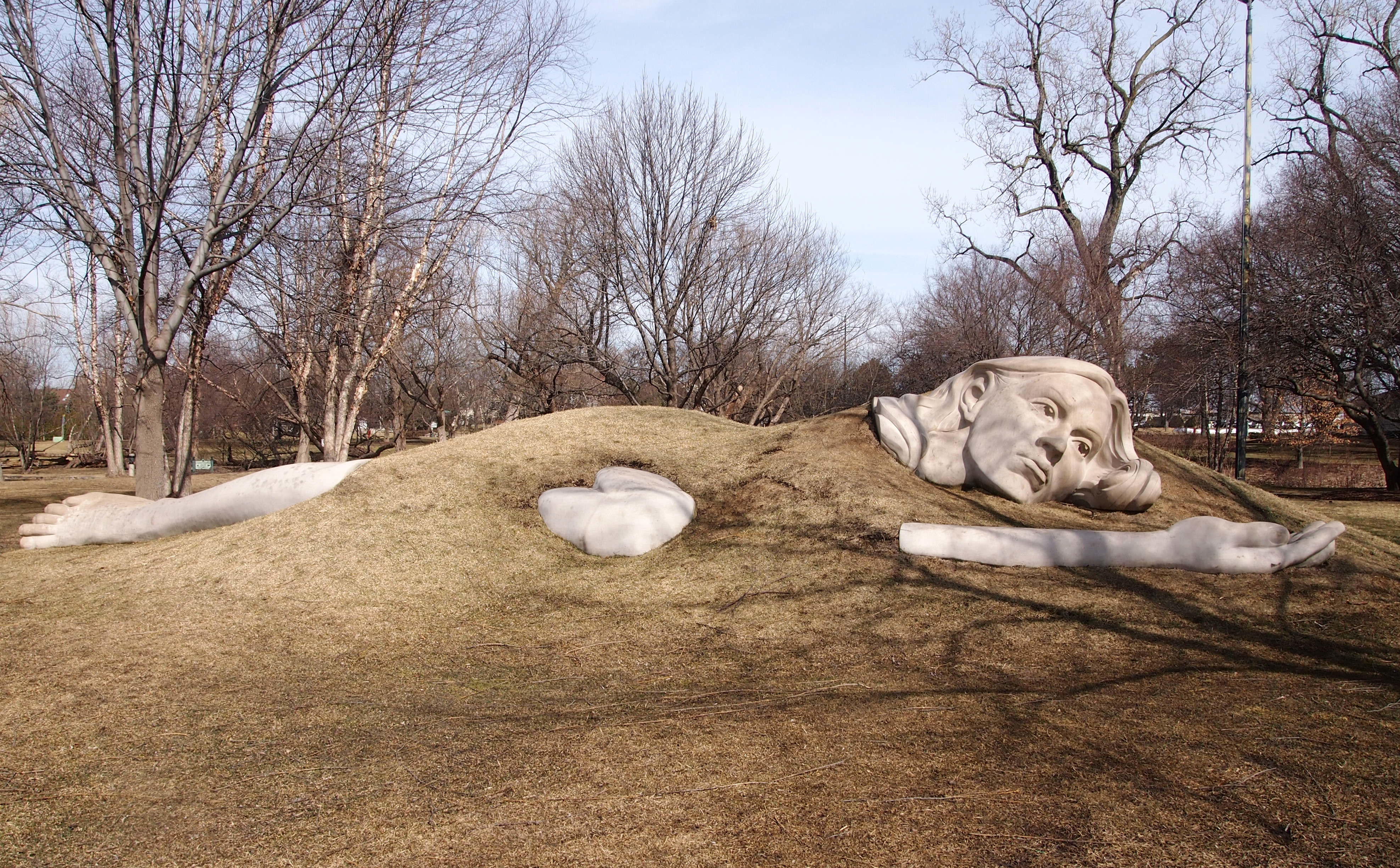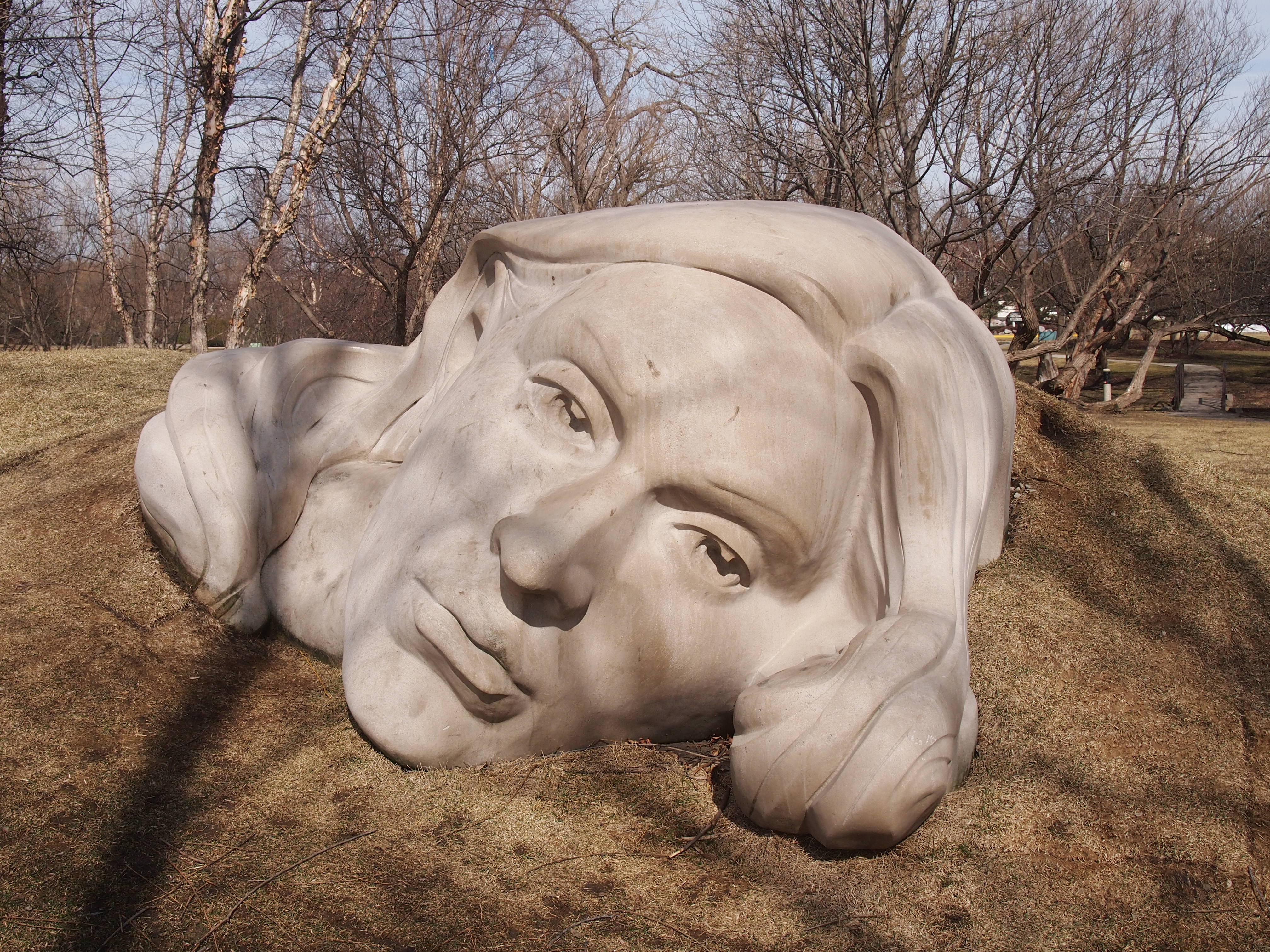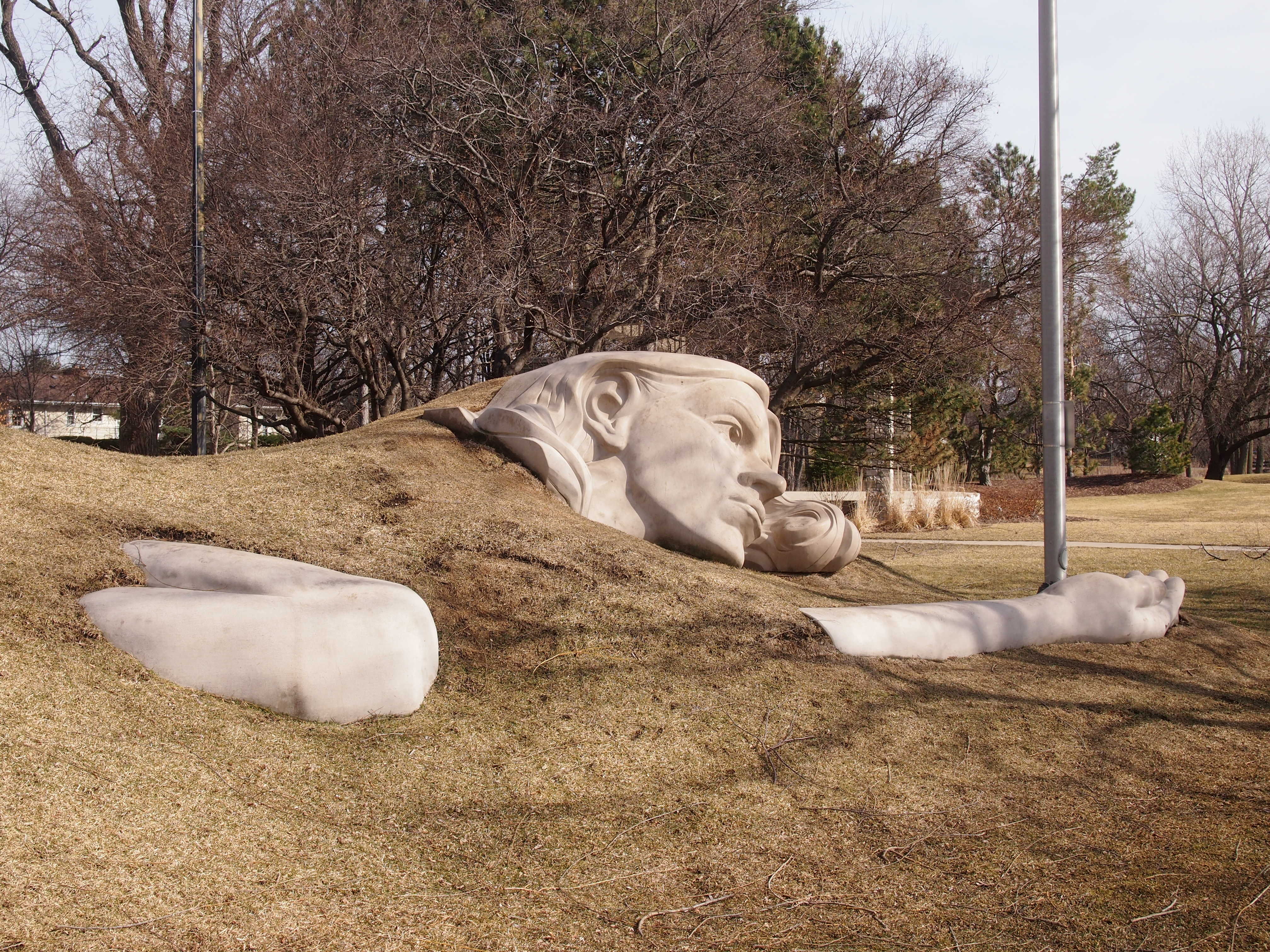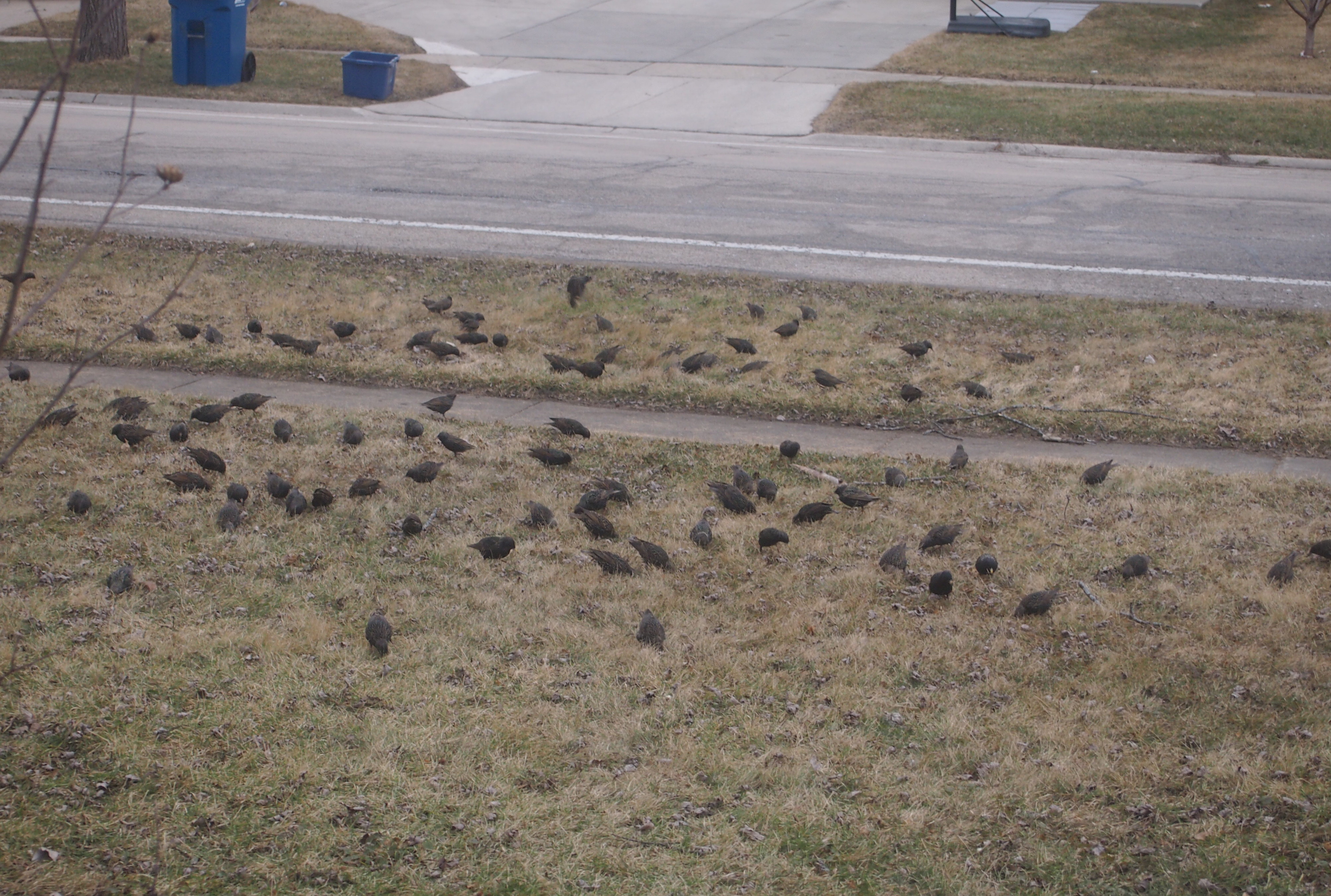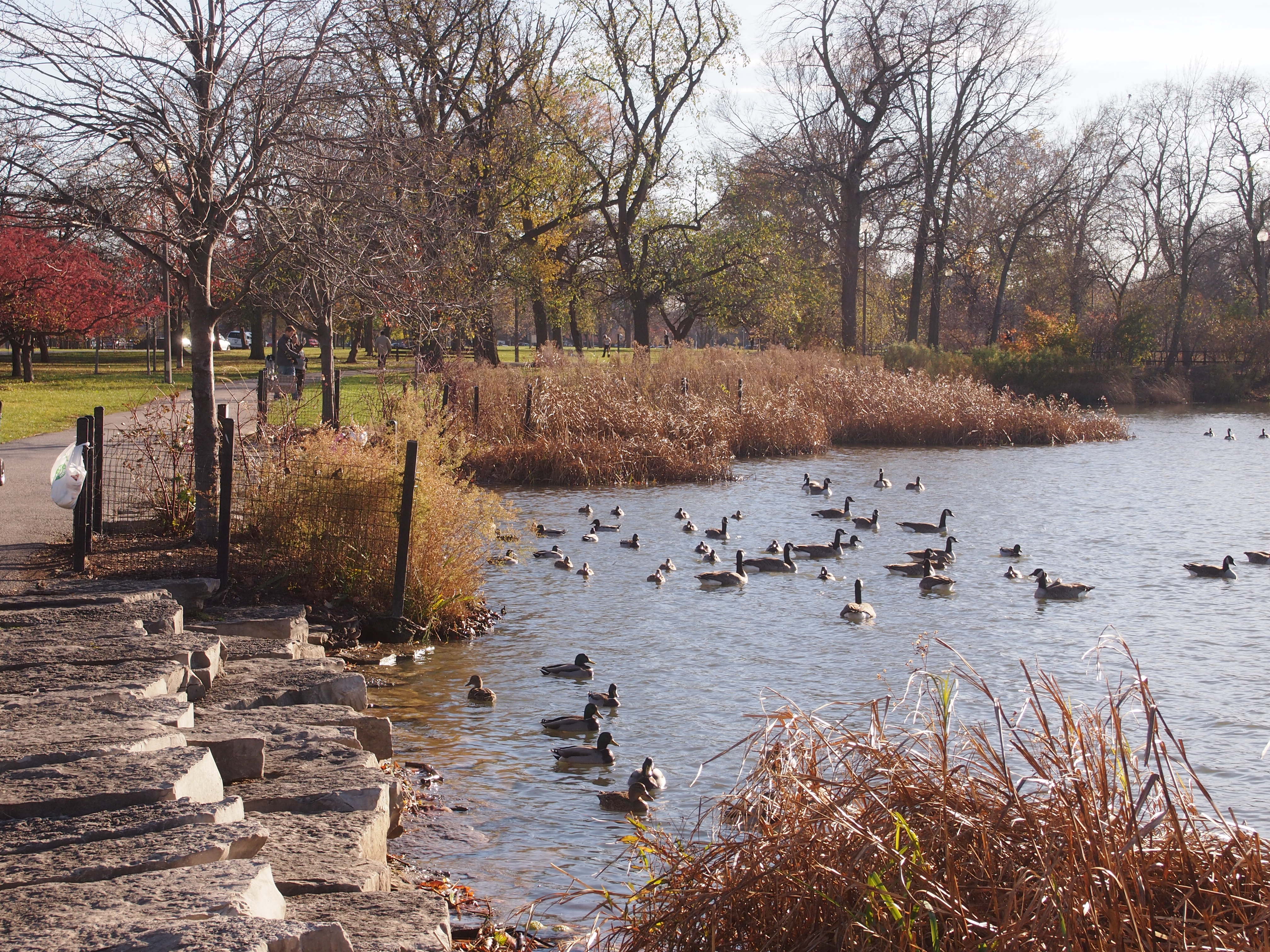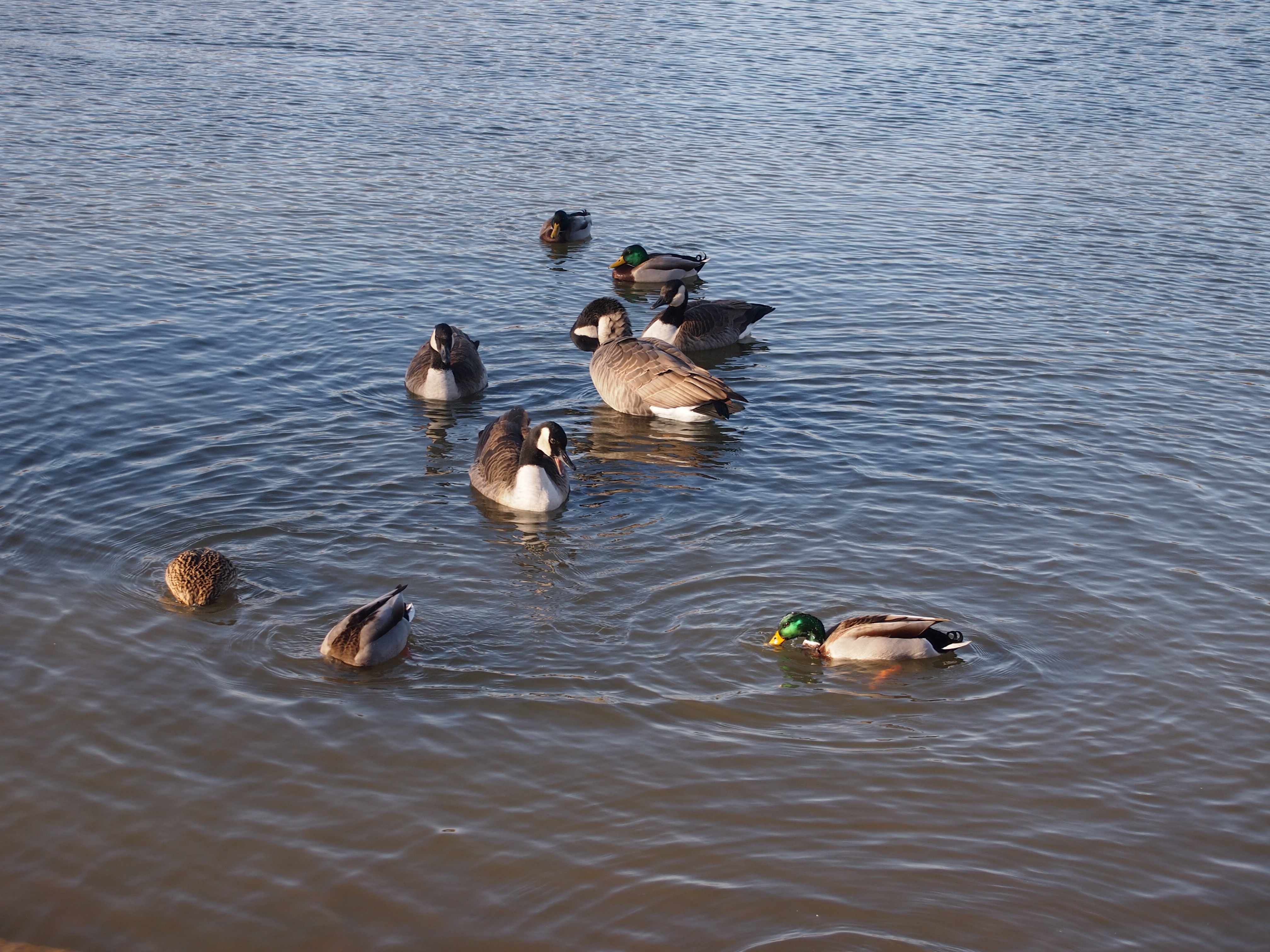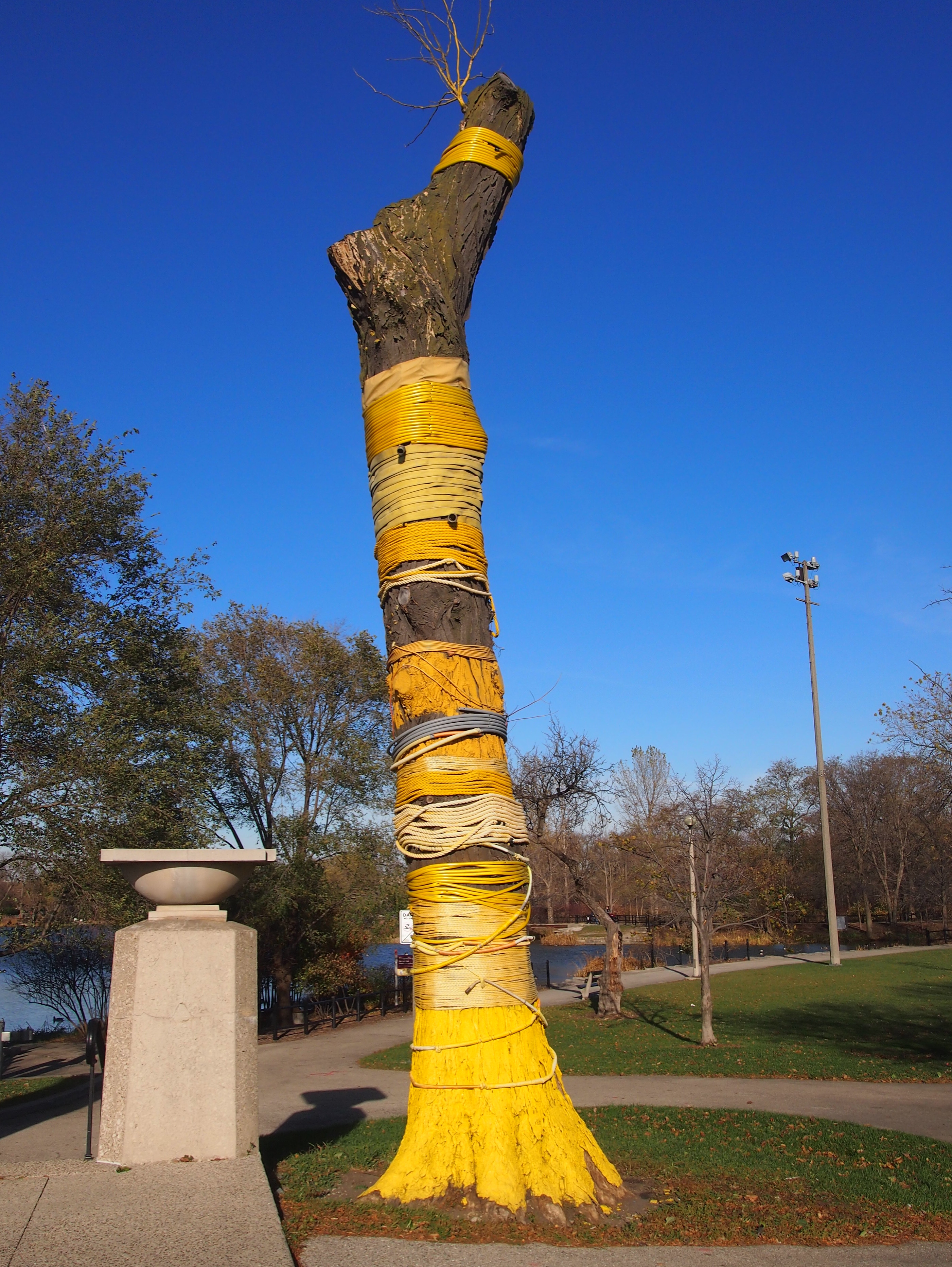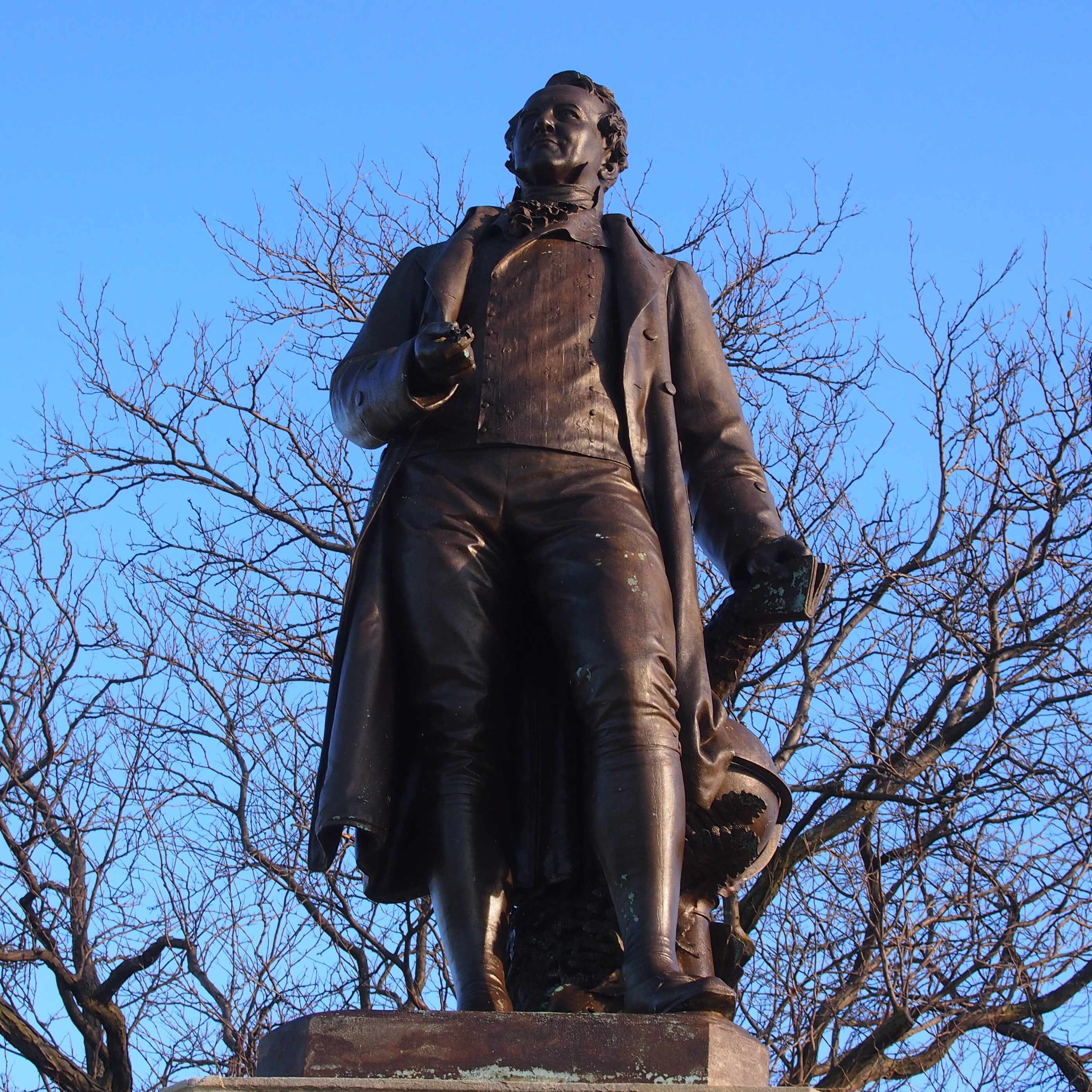Fine warm day today, the latest in a string of them. Rain ahead. Back again on May 31, after Memorial Day and Decoration Day, one in the same this year. It’s possible I’ll see a few things between now and then.
Some evenings, lights illuminate the baseball field behind our back yard.
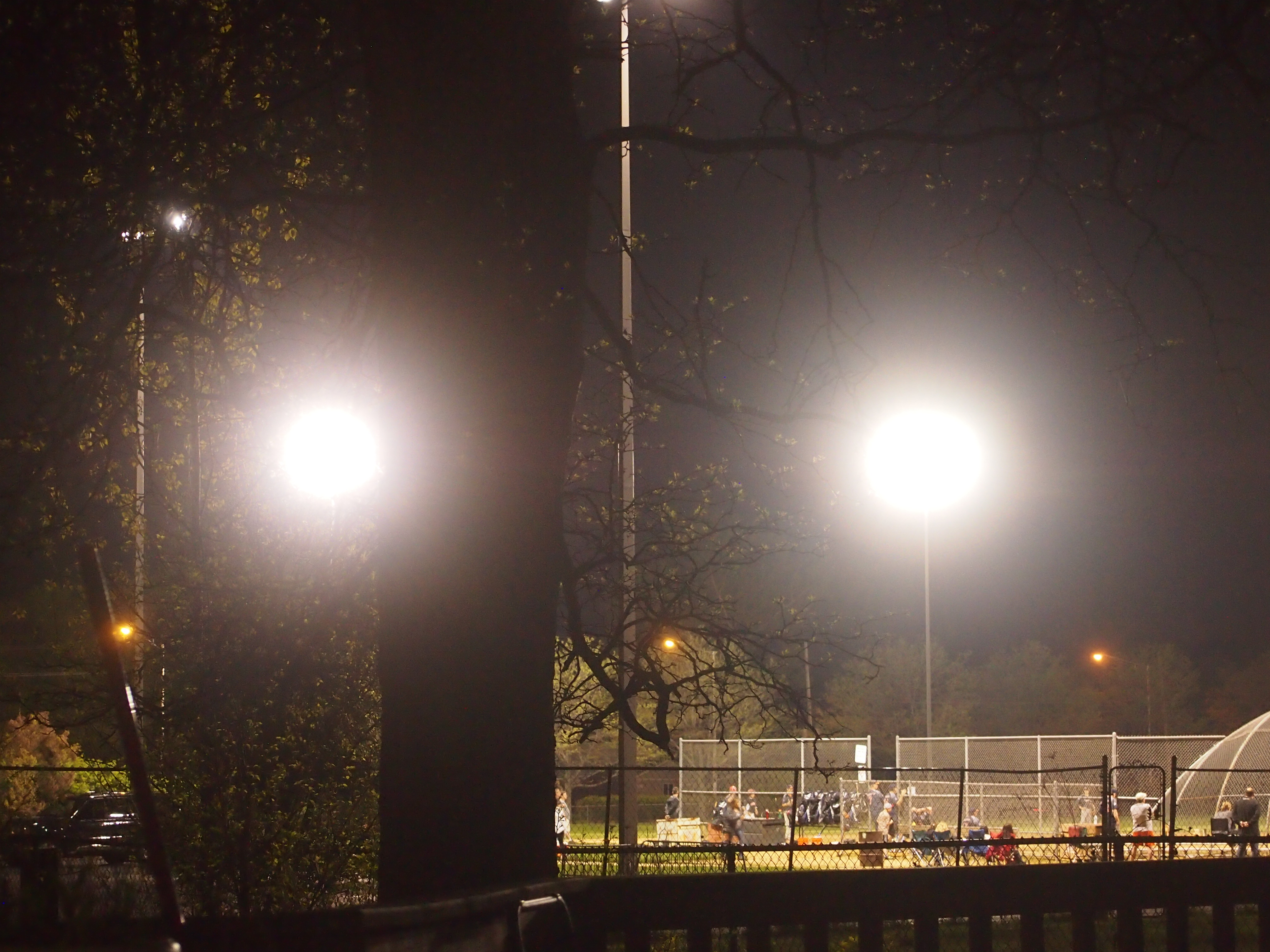 If the lights suddenly looked like that to our eyes, we’d be alarmed. One of these days, maybe I’ll read the instruction manual for the camera on the subject of nighttime picture-taking. Or maybe not.
If the lights suddenly looked like that to our eyes, we’d be alarmed. One of these days, maybe I’ll read the instruction manual for the camera on the subject of nighttime picture-taking. Or maybe not.
This one-panel Bliss from May 2009 was hanging on my office wall until recently. Now it’s in a file. I’ve taken a few things down.
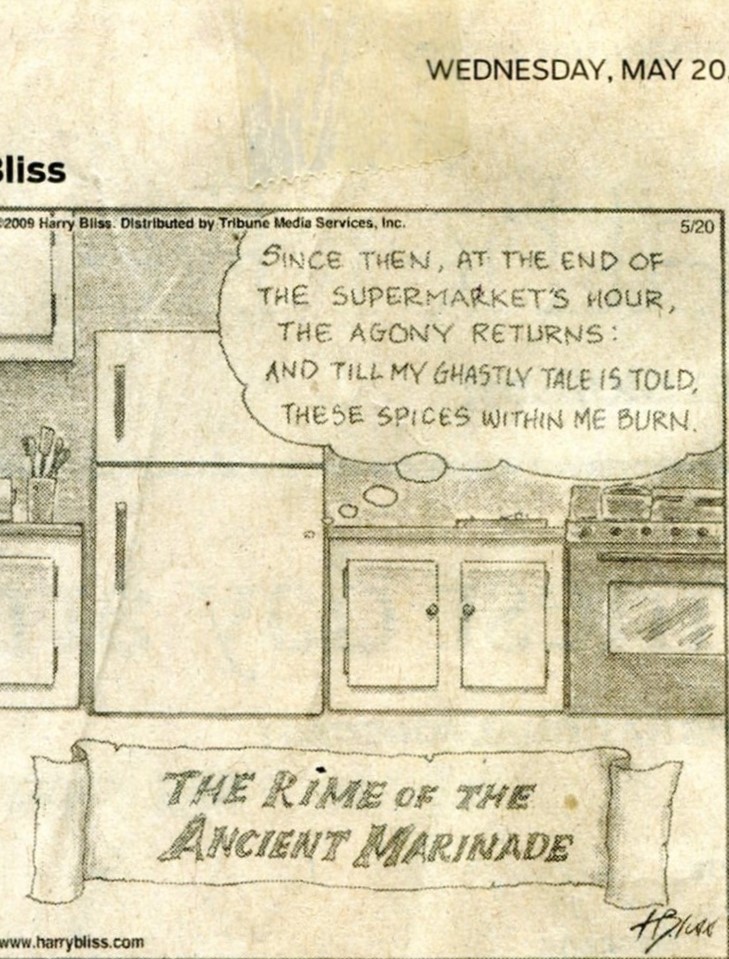 I like a comic that assumes you know “The Rime of Ancient Mariner.” Bliss is still in the Tribune, and still amusing. Not long ago a panel showed a woman opening up blinds to reveal the sun, while a tired-looking man in bed under a blanket says, “Must you press the issue?”
I like a comic that assumes you know “The Rime of Ancient Mariner.” Bliss is still in the Tribune, and still amusing. Not long ago a panel showed a woman opening up blinds to reveal the sun, while a tired-looking man in bed under a blanket says, “Must you press the issue?”
I’m reminded of “When Potato Salad Goes Bad.” Has it been over 20 years since Larson discontinued The Far Side? Apparently it has.
Speaking of a writer that assumes his readers have a certain amount of knowledge, what follows is a passage from Ninety-Two Days (1934) by Evelyn Waugh, which I recently finished. The book’s a highly readable account of his journey through the British Guianan bush and across the border into Brazil, where he comes to the town of Boa Vista.
“Already, in the few hours of my sojourn there, the Boa Vista of my imagination had come to grief. Gone; engulfed in an earthquake, uprooted by a tornado and tossed sky-high like chaff in the wind, scorched up with brimstone like Gomorrah, toppled over with trumpets like Jericho, ploughed like Carthage, brought, demolished and transported brick by brick to another continent as though it had taken the fancy of Mr. Hearst; tall Troy was down.”
Bird update: the young robins seem to have left the nest. That was fast. I’m pretty sure I saw one of them flapping its wings yesterday, getting ready to go. Haven’t seen it since.
Both the duck and the drake were on the garage roof yesterday afternoon, when it was quite warm — mid-80s, which must be warm enough for the duck to leave the eggs a while.
Lately Mars has been in the southern sky, and the nights have been warm enough to spend a few moments looking at the red-orange planet. A small delight. I take them where I can get them.
